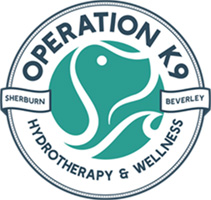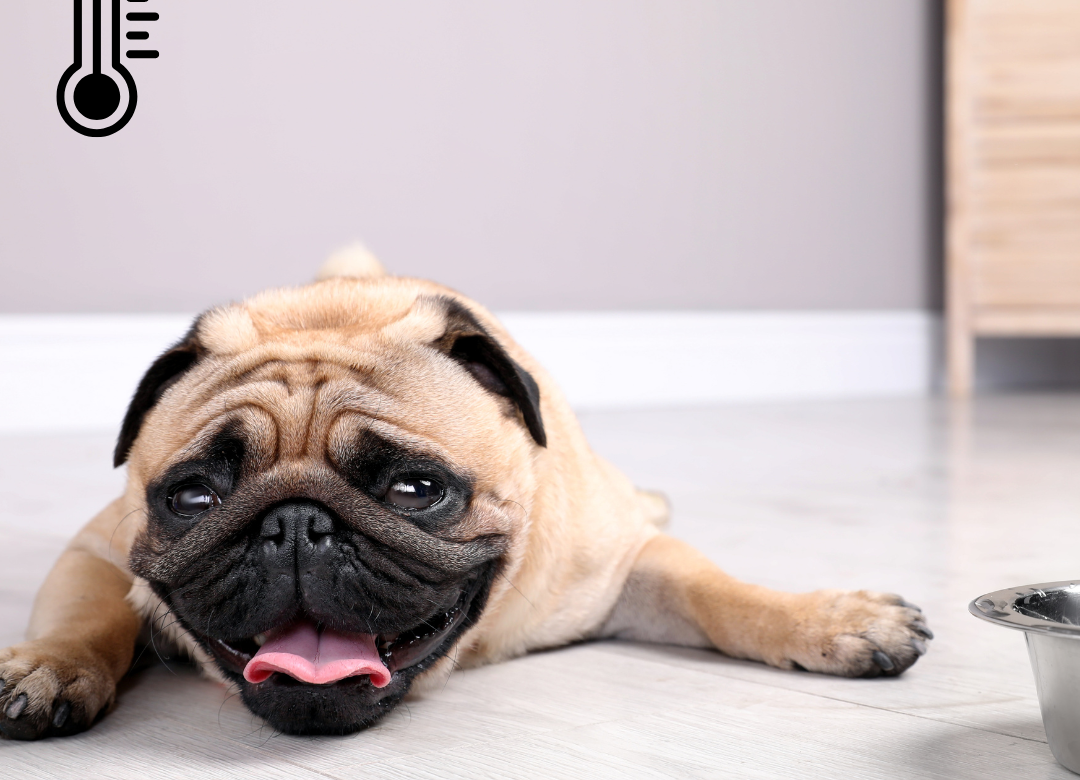Heatstroke in dogs
As we approach the summer time and increase in temperature, it is important to remind ourselves of the ways we can enjoy the weather safely with our dogs. Heat waves and temperature extremes are becoming more prevalent and subsequently the Veterinary industry are seeing an increase in heat stroke victims.
There are some dogs that are higher risk of overheating and should be carefully managed in the heat
-The young and elderly. These dogs fine it harder to regulate their own temperature and may not be experienced, or mobile enough to move to a cooler area themselves
-Brachiocephalic breeds, like French bulldogs, Pugs, Shih tzu. Their shortened noses and elongated soft palletes reduce their ability to cool themselves and they overheat significantly faster
-Overweight dogs and those with a pre-existing medical condition
-Dogs with an untidy, matted coat and thick coated dogs.
- Don’t walk your dogs in the day time. Wait until the temperature has dropped significantly before taking them for a walk, consider this walk being on a lead and reduced in length
- Allow access to shade and indoors. Many dogs can over heat in the garden if playing with toys or another dog. Encourage indoor time. A lot of dogs will be more lethargic in the warm weather and there are lots of indoor enrichment games that can be played without the need to over exert. Many of these games can be more tiring than a walk if played correctly. Provide adequate ventilation such as a fan
- Cool water can be used to cool the feet and body of a dog that is too warm. Ice can be offered in a water bowl or with veg and treats inside for them to play with and eat, there are lots of frozen treat ideas
- Wet towels can be put out for your dog to sit on. Do not lay wet towels over the dog as this can have a warming effect as it traps air
- Keep your dogs coat groomed and free from dead hair. Clipping a long coated dog only exposes their body to more direct heat from the sun. As long as a coat is maintained well, the air can still get to the skin to cool it, and the hair helps block the UV rays
Signs of heat distress;
Consistently panting without being able to close mouth
Staggering / unsteady on feet
Lethargy
Vomiting and/or diarrhoea
Collapse
Less known signs of heat distress in dogs;
Squinty eyes
Pulled back ears
Drooling, thickened saliva
Wide mouth panting (back teeth showing)
Not listening to instructions when they normally would
Pacing / restless
Racing heart
Bright red gums and tongue
This is a veterinary emergency and it is critical you get your dog to the vets in a timely manner to give them the best chance of a full recovery.
If you do need to transport your dog to the vets, the new advice is to cool first, transport second. Do your best to cool the dog down before transporting in an air conditioned vehicle
Summer is a great time to enjoy time with your dog, and can be done safely and enjoyably.
Rebecca Wilkinson RVN














